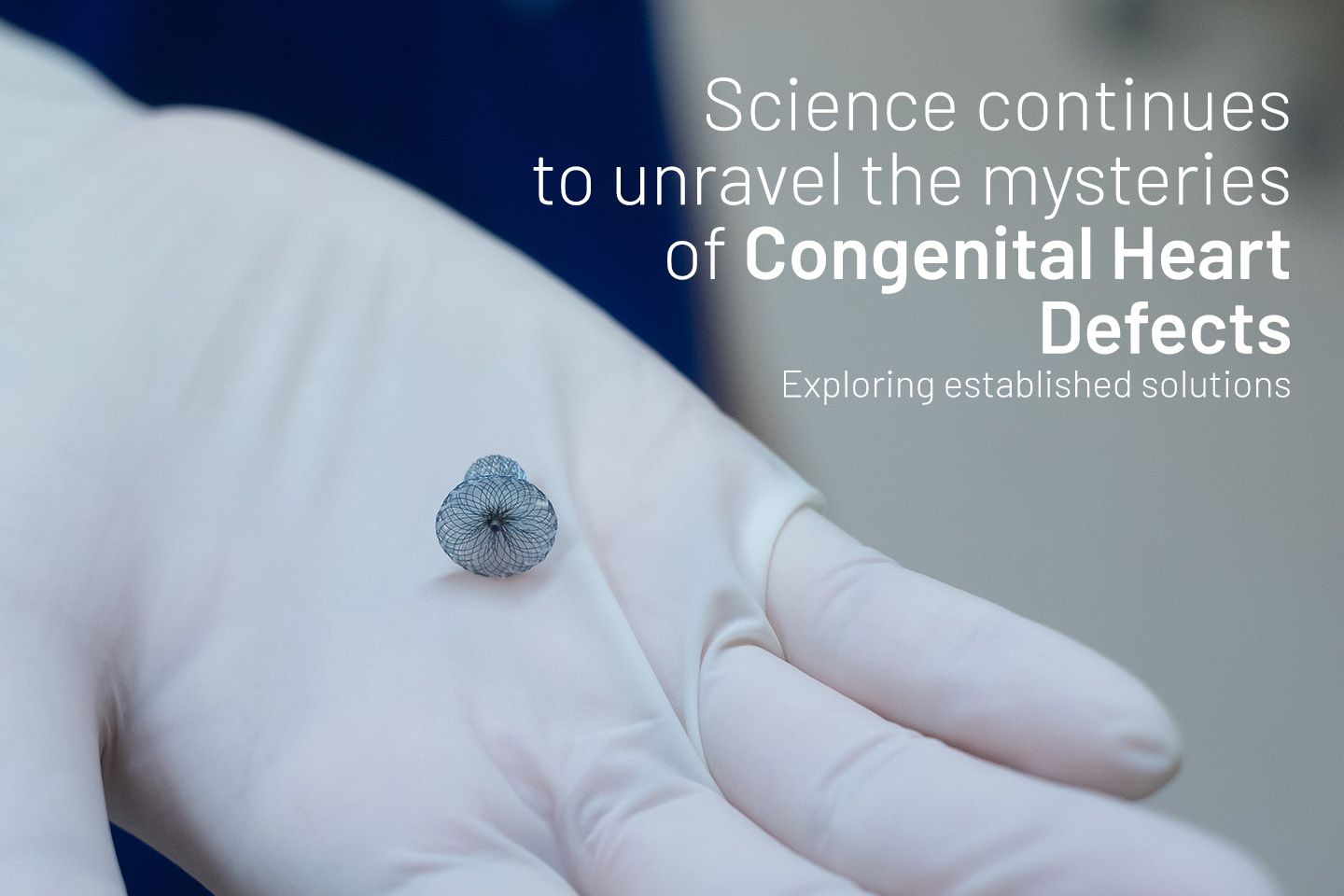Medical Devices
Unicondylar Knee Replacement (UKA) Surgery: A Microplasty Approach to Knee Pain Relief

Introduction
Knee pain can be a debilitating condition, often affecting one's quality of life. Unicondylar Knee Replacement (UKA), also known as Partial Knee Replacement or Microplasty, is a surgical procedure designed to alleviate knee pain and improve joint function. In this blog, we'll delve into the world of UKA, discussing what it is, its indications, benefits, key differences from conventional knee replacement, and the types of UKA available.
What is Unicondylar Knee Replacement (UKA)?
Unicondylar Knee Replacement, or UKA, is a surgical intervention aimed at replacing only a specific portion of the knee joint. Unlike total knee replacement (TKR), where the entire knee joint is replaced, UKA focuses on a single compartment of the knee. The knee joint has three compartments: the medial (inner), lateral (outer), and patellofemoral (front) compartments. UKA targets one of these compartments, making it a more conservative procedure.
Indications for UKA
UKA is typically recommended for patients with osteoarthritis or other knee conditions that primarily affect one compartment of the knee. The ideal candidates for UKA are those who experience pain, stiffness, and reduced mobility in one specific area of the knee while the other two compartments remain relatively healthy. Common indications for UKA include:
- Medial Compartment Osteoarthritis: When the inner part of the knee joint is affected, leading to pain and discomfort.
- Lateral Compartment Osteoarthritis: In cases where the outer part of the knee joint is primarily affected.
- Patellofemoral Osteoarthritis: When the front part of the knee joint experiences wear and tear.
Benefits of Unicondylar Knee Replacement
- Faster Recovery: UKA is a minimally invasive procedure, which typically leads to a quicker recovery compared to total knee replacement.
- Preservation of Healthy Tissue: As only the damaged compartment is replaced, healthy tissue and ligaments in the other parts of the knee remain untouched.
- Improved Range of Motion: Many patients experience improved knee function, including better range of motion, post-UKA.
- Reduced Pain: The procedure is often associated with less postoperative pain compared to total knee replacement.
- Lower Risk of Complications: Since UKA is less invasive, there is a reduced risk of complications such as infection, blood clots, and stiffness.
Difference from Conventional Knee Replacement
The primary difference between UKA and conventional total knee replacement (TKR) lies in the extent of the procedure. While UKA targets only one compartment of the knee, TKR involves replacing the entire knee joint. Here are some key distinctions:
- Tissue Preservation: In UKA, healthy ligaments and bone in the unaffected compartments are preserved, providing a more natural feeling post-surgery.
- Smaller Incision: UKA requires a smaller incision compared to TKR, resulting in less tissue disruption and potentially faster healing.
- Quicker Recovery: Patients who undergo UKA often experience a shorter recovery period and rehabilitation.
- Less Blood Loss: Due to the smaller incision, there is typically less blood loss during UKA.
Types of Unicondylar Knee Replacement
There are two primary types of UKA:
- Fixed-Bearing UKA: In this type, the replacement component is fixed in place and does not move. It's a commonly used approach.
- Mobile-Bearing UKA: This type allows for some degree of movement between the components, potentially offering better conformity with natural knee mechanics.
Conclusion
Unicondylar Knee Replacement (UKA), also known as Microplasty, is an excellent option for patients suffering from localized knee joint pain and arthritis. It offers numerous benefits, such as quicker recovery, preservation of healthy tissue, and improved range of motion. By understanding the indications, benefits, and differences from total knee replacement, individuals can make informed decisions about their knee pain treatment.
If you're considering Unicondylar Knee Replacement, consult with an orthopedic specialist to determine if it's the right choice for your specific condition. UKA can provide lasting relief and help you regain your active lifestyle, one step at a time.
The blog has been authored by Dr. Kunal Aneja. The content is for informational purposes only and should not be taken as professional medical advice.





